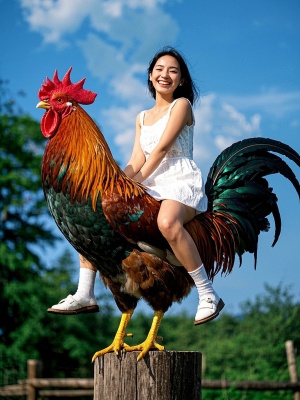Pop Art Wall Decor: A Vibrant Revolution in Home Design
Introduction
Pop art wall decor has become one of the most exciting trends in contemporary interior design. Originating from the 1950s pop art movement, this style brings bold colors, iconic imagery, and a playful energy to any space. Whether you're looking to create a statement wall or add subtle artistic touches, pop art wall decor offers endless possibilities. In this article, we'll explore the history, key elements, and practical tips for incorporating pop art into your home.
The Origins of Pop Art
Pop art emerged in the mid-20th century as a reaction against traditional art forms. Artists like Andy Warhol, Roy Lichtenstein, and Jasper Johns drew inspiration from popular culture, advertising, and mass media. Their work celebrated everyday objects and celebrities, transforming them into high art. Today, pop art wall decor continues this tradition by blending artistic expression with modern design sensibilities.
Key Characteristics of Pop Art
- Bold, vibrant colors that grab attention
- High contrast and graphic elements
- Repetition of iconic imagery
- Incorporation of text and comic book styles
- Celebration of popular culture and consumerism
Incorporating Pop Art Wall Decor in Your Home
Adding pop art to your walls can completely transform a room's atmosphere. Here are some creative ways to integrate this dynamic style:
Statement Pieces
A large-scale pop art canvas or framed print can serve as a stunning focal point in any room. Consider iconic images like Warhol's Marilyn Monroe or Lichtenstein's comic-inspired works. These pieces work particularly well in living rooms or home offices where they can spark conversation.
Gallery Walls
Create an eclectic mix by combining multiple smaller pop art pieces in a gallery wall arrangement. This approach allows you to showcase different aspects of the pop art style while maintaining visual cohesion. For inspiration, check out our gallery page featuring various pop art compositions.
DIY Pop Art
For a personal touch, consider transforming your own photos into pop art masterpieces. Many online services, including our AI image transformation tool, can convert ordinary portraits into vibrant pop art creations perfect for wall display.
Choosing the Right Pop Art for Your Space
Selecting the perfect pop art wall decor requires consideration of several factors:
- Room Function: Playful designs work well in casual spaces, while more sophisticated pieces suit formal areas
- Color Scheme: Choose colors that complement or intentionally contrast with your existing decor
- Scale: Ensure the artwork's size is proportional to your wall space
- Lighting: Proper illumination enhances the visual impact of pop art

Problem-Solution Matrix for Pop Art Wall Decor
Here's a quick reference guide to common challenges and their solutions:
| Problem | Solution |
|---|---|
| Small space feels overwhelmed by bold art | Choose smaller pieces or create a subtle pop art accent wall |
| Traditional decor clashes with pop art | Select more minimalist pop art pieces or use them in separate rooms |
| Budget constraints | Opt for high-quality prints instead of originals, or create DIY pop art |
Conclusion
Pop art wall decor offers a fantastic way to inject personality, color, and contemporary flair into any living space. Whether you prefer classic Warhol reproductions or modern interpretations of the style, these vibrant artworks can transform ordinary walls into extraordinary statements. For more inspiration on artistic home decor, explore our AI art guide and discover how technology is revolutionizing art creation.

Remember, the best pop art wall decor reflects your personal style while creating visual impact. Don't be afraid to experiment with different pieces and arrangements until you find what works best for your space. As Andy Warhol famously said, "Art is what you can get away with" - so let your creativity shine!
For further reading on art movements and their influence on modern decor, visit the Tate Museum's website, a respected authority on contemporary art.